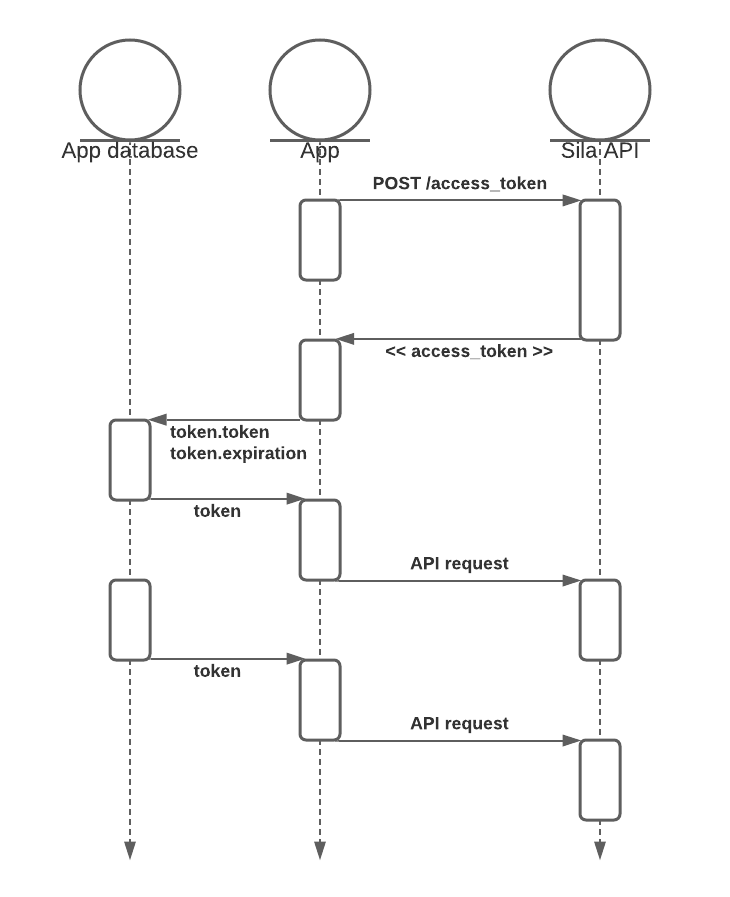JWT Token Overview
Required auth method
Newly onboarding customers are required to implement the JWT method for authentication. Please disregard ECDSA references.
Please note the SDKs do not support the OAuth2 authentication method.
Migrating from ECDSA to JWT implementation guide here.
The JWT authentication scheme follows the conventional HTTP Bearer token scheme.
The Postman collection can be found here.

Auth Token Object
The returned Auth token from the /auth_token endpoint will have three attributes:
- token -
string: an alpha-numeric that will be passed back for the base64-encodedtokenvalue in the Bearer token authorization header for subsequent API calls. - expiration -
int: an epoch timestamp designating the expiration timestamp in UTC. - expiration_dt -
string: a human-friendly date/time representation of the expiration timestamp; conforms to ISO 8601 date and time format in UTC.
NOTE: Use of an expired token will return a 401 response.
Auth Token Storage
You should cache or store the auth token object in your database.
There is no benefit to repeatedly requesting an Auth token
If you re-request a token for your app while your current token has more than 30 minutes left before it expires, the API will return the same token from the previous request. Only when your token has less than 30 minutes left will a new token be issued with a new full 8-hour window.
Auth Token requests will be rate-limited
Since rate limiting is in place on the /auth_token endpoint, you should implement caching the token on your end, and continue using the same token until its expiration time is less than 30 minutes. Requesting another token at this time will return a new token with a full 8-hour expiration window.
Requesting an Auth Token
Use the /auth_token endpoint to request or invalidate auth tokens.
When a Token Expires
When building a request, check the expiration time of the token and, if it's expired, first request a new token via /auth_token, cache the token returned, then build the HTTP Basic Authentication credentials string from the new auth_token.token value.
How to sign requests with a JWT Auth Token
After retrieving your token from calling /auth_token, you will include the below as part of the authorization header of all your API requests.
Authorization: Bearer [GENERATED 205 char JWT TOKEN HERE]
Authentication Failure Responses
There are various conditions relating to the use of an auth token which can produce an authentication error. Some of the returned error messages are deliberately vague to avoid exposing failure reasons in order not to encourage phishing.
| Status code | Error Message | Reason |
|---|---|---|
| 401 | The auth token provided has expired. | Expired token |
| 401 | The auth token is invalid. | Token was not generated for the app specified by app_handle |
| 403 | The Authorization: Bearer string is not properly encoded; it must be a base64-encoded ASCII string. | Poorly-formed Bearer token (usually incorrect encoding) |
| 403 | Permission to auth this resource has been denied. | Use of Basic HTTP Authentication header (currently only used by /auth_token) |
| 403 | The auth token is invalid. | Passing a token for a SANDBOX app to PROD (or vice-versa) |
Updated 8 months ago
